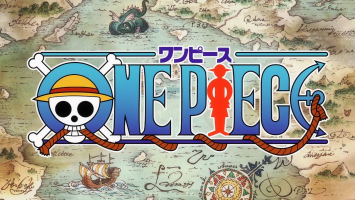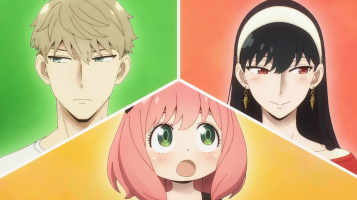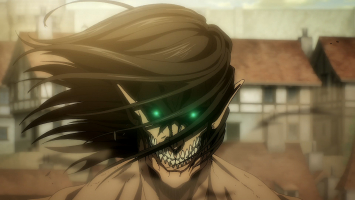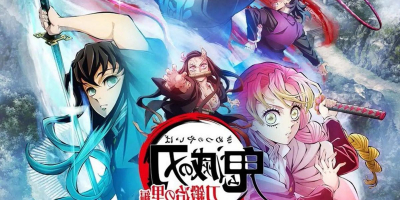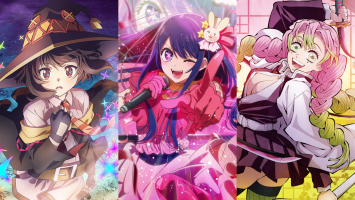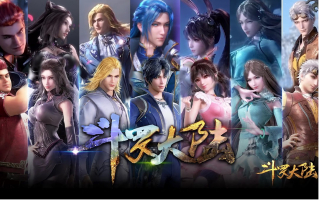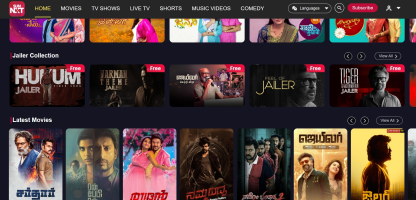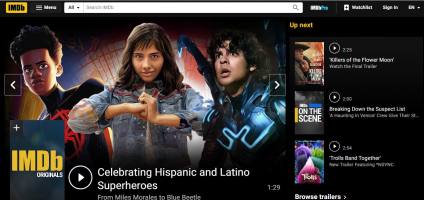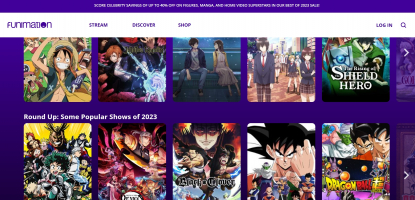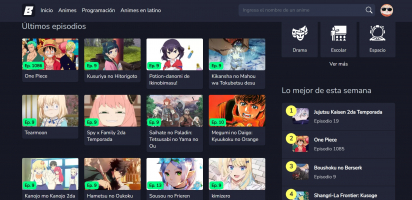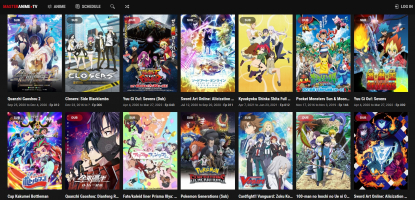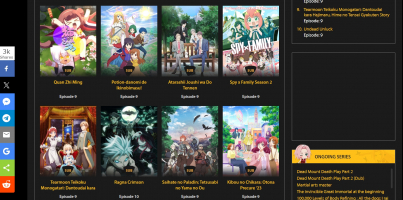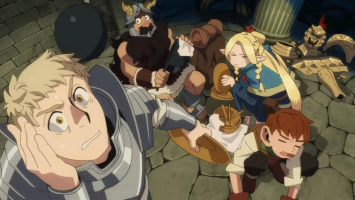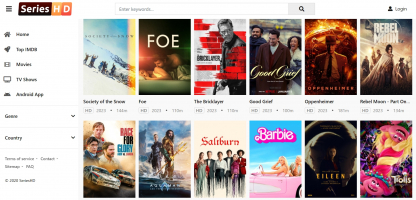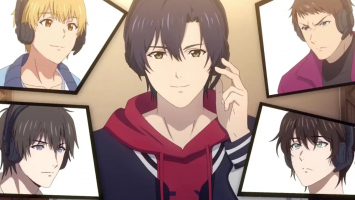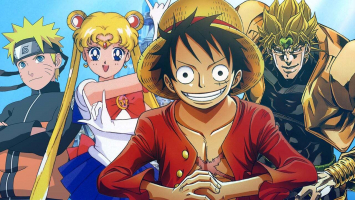Top 5 Best Reviews on Jujutsu Kaisen 2nd Season
Jujutsu Kaisen 2nd Seasons is one of the best anime series aired in 2023. This season continues the story of Yuji Itadori and his fellow sorcerers as they ... read more...battle against the curses that threaten humanity. But how does the second season compare to the first? Is it worth watching? Toplist researched and compiled some of the highlights and lowlights of Jujutsu Kaisen 2nd seasons, based on the opinions of various credible anime sites and enthusiasts.
-
The main difference between the two seasons of Jujutsu Kaisen is the art style and animation. Season 1 has a more detailed animation, while Season 2 is simpler and sleeker. MAPPA completely changed the art style for Season 2, opting for a more straightforward and fluid look. The addition of a blue tone gives off a summer vibe, fitting well with the high school theme of the flashback arc.
Some argue that too much detailing can make things look chaotic and draw attention away from the main focus. However, art preferences vary, dividing the Jujutsu Kaisen fandom. Some fans appreciate the beauty of the simple animation, while others miss the level of detail.
Despite differing opinions, it's undeniable that the abrupt change in art style sparks curiosity among viewers, leading them to wonder why the shift happened. Multiple reasons contribute to this sudden change. To sum up, the overall consensus is that the animation of Jujutsu Kaisen Season 2 is top-notch, contributing to the series’ success and popularity.
Reasons of changing:
- The key factor behind the shift is the change in directors between the two seasons. Shōta Goshozono has taken over from Sunghoo Park as the director in the second season. While Park excelled in detailed work and close-up shots, Goshozono brings a distinct and unique perspective to scene transitions in the new season.
- Another factor might be MAPPA handling multiple major projects simultaneously. The studio is known for assigning its animators extensive workloads, and this tendency is evident when considering their involvement in several prominent anime productions concurrently. Works such as Chainsaw Man, Attack on Titan, Jujutsu Kaisen, Hell’s Paradise, Trigun Stampede, Vinland Saga, and numerous other popular anime titles are frequently in production simultaneously.
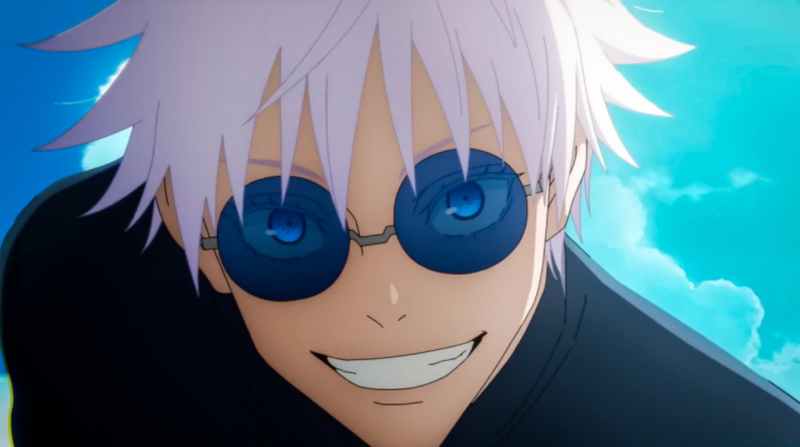
Image via Pinterest Video by TOHO Animation on Youtube -
The fights in Jujutsu Kaisen Season 2 have been characterized as exciting, intense, and emotionally charged. Particularly noteworthy is the "Hidden Inventory/Premature Death" arc, centering on the final showdown between Satoru Gojo and Suguru Geto. Despite the known outcome due to the season's prequel nature, the battles maintain a sense of high stakes and tension.
These fight sequences not only captivate visually but also carry profound emotional weight. For example, the Episode 18 clash between Yuji and Mahito is lauded for its confined setting, creating a sense of claustrophobia and emotional immersion. The battles often feature intricate strategies and highlight the unique abilities of the characters.
Furthermore, the fights are balanced with moments of humor and nods to pop culture, adding an extra layer of entertainment value. An example is the transformation of characters into "chibi" versions during fights.
In summary, the battles in Jujutsu Kaisen Season 2 have received praise for successfully blending action, emotion, and humor, contributing significantly to the series's popularity.
Some noticable fights in season 2:
- Gojo Satoru vs Toji Fushiguro
- Kokichi Muta vs Mahito
- Itadori Yuji vs Choso
- Ryomen Sukuna vs Jogo
- Ryomen Sukuna vs Mahoraga
- Itadori Yuji and Kugisaki Nobara and Todo Aoi vs Mahito
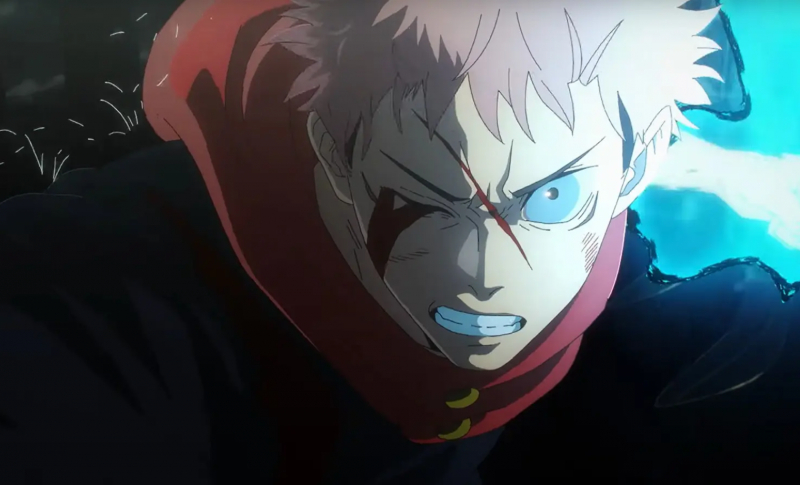
Image via Pinterest Video by Neobrane on Youtube -
Jujutsu Kaisen Season 2 takes a different direction from Season 1, focusing on a prequel arc that explores the history of Satoru Gojo and Suguru Geto. This season is set in the early 2000s and delves into the story of Gojo and Geto, providing a thrilling yet convoluted origin story.
Season 2 maintains high stakes and tension despite the known outcomes due to its prequel nature. The interactions between Gojo and Geto carry pathos from the context of what is to come. The consequences of the story are far-reaching, impacting the story in the present and affecting every member of Jujutsu High.
Besides, second half of this season also takes us to the most thriling, heart - wrenching and deadly arc - Shibuya Incident. In this arc, we not only witness visually stunning battle scenes but also experience many deaths on both the protagonist and antagonist sides, especially the disappearance of our "sensei" Gojo.
In contrast, Season 1 followed a more traditional shonen anime format, introducing the main character’s journey through a bleak lens. It was action-packed and faithfully adhered to the shonen genre.
The stylistic differences between the two seasons are evident. Season 2 leans more towards a cinematic approach with a revamped animation style. It provides its characters and setting with more expression and emotion than Season 1. Overall, both seasons offer unique plotlines and styles, contributing to the series’ success.
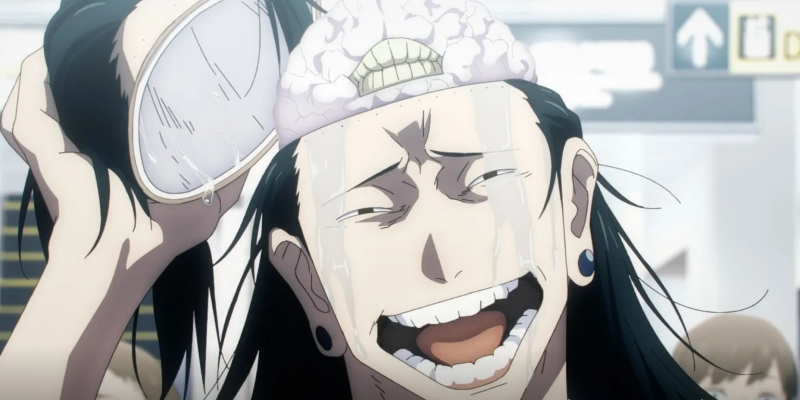
Image via Youtube Video by Neobrane on Youtube -
In this season, the author has exceptionally developed the characters' personalities, with notable examples being Itadori Yuji and Suguru Geto.
Suguru Geto, once a student at Tokyo Jujutsu High, undergoes a major change after clashing with Toji Fushiguro. His time as a jujutsu sorcerer sparks a strong dislike for non-sorcerers, leading to a grim incident where Suguru massacres over a hundred civilians in one night. This marks a turning point, earning him a notorious reputation as the worst curse user. His character evolves further as he can transform defeated curses into a ball, which he swallows, permanently incorporating them into his techniques.
On the flip side, Itadori Yuji's character takes a significant turn during the Shibuya Incident. After consuming 11 fingers simultaneously, Yuji loses control, unleashing the King of Curses, causing havoc in Shibuya and claiming hundreds of lives. This compels Yuji to face the repercussions of his actions, bringing about a notable change in his character development.
Not only that, in the following episodes, he has to witness the deaths of Kento Nanami and his close friend, Kugisaki Nobara. Mahito is the one responsible for their deaths. After defeating Mahito, Itadori accepts the truth and believes that Mahito is a reflection of himself. He also swears to Mahito that no matter how many times he resurrects, he will find and kill him. The statement "I'm you" emphasizes that Yuji kills curses for no reason like Mahito who kills humans for no reason. Sorta like a parallel to each other.
The character journeys of both Suguru Geto and Itadori Yuji captivate attention because they reveal the complexities and challenges they face. Their transformations aren't straightforward or expected; instead, they are shaped by their experiences and choices. This dynamic aspect makes their character development in the Jujutsu Kaisen series highly engaging and relatable.Video by SxlentVal on Youtube Video by Starks Edit on Youtube -
The theme songs and soundtracks of Jujutsu Kaisen Season 2 are a harmonious blend of emotion and energy, perfectly encapsulating the series’ essence. Where Our Blue Is by Tatsuya Kitani is a significant piece in the soundtrack of Jujutsu Kaisen Season 2. Serving as the opening theme for the "Hidden Inventory / Premature Death" arc, this song brings a refreshing vibe to the series. The second opening theme, Specialz by King Gnu, sets the tone for the intense battles and character developments in the "Shibuya Incident arc". It’s a powerful track that teases the brutal confrontations between the sorcerers of Jujutsu High and the special-grade curses.
Next, let's talk about the ending theme. The first ending theme of Jujutsu Kaisen Season 2 is Light by Soushi Sakiyama. This song is a beautiful piece that perfectly complements the "Hidden Inventory / Premature Death” arc. The song’s gentle rhythm and Sakiyama’s soothing vocals create a calming atmosphere, providing a stark contrast to the intense action scenes in the series. The ending theme, More Than Words by Hitsujibungaku, is a more meditative piece. It beautifully portrays the evolving emotional state of the main trio - Yuji Itadori, Megumi Fushiguro, and Nobara Kugisaki. The song gently explores the transformation brought upon by their experiences.
The soundtrack of Season 2, available on various platforms, complements the series’ narrative and emotional beats. Each track is carefully chosen to enhance the viewing experience, from intense battle scenes to quieter, introspective moments. The music of Jujutsu Kaisen Season 2 is a testament to the series’ ability to balance action and emotion, making it a standout in the anime landscape. Overall, the theme songs and soundtracks are a magnificent auditory journey that mirrors the visual and narrative journey of the series.
Video by キタニタツヤ / Tatsuya Kitani on Youtube Video by King Gnu on Youtube







